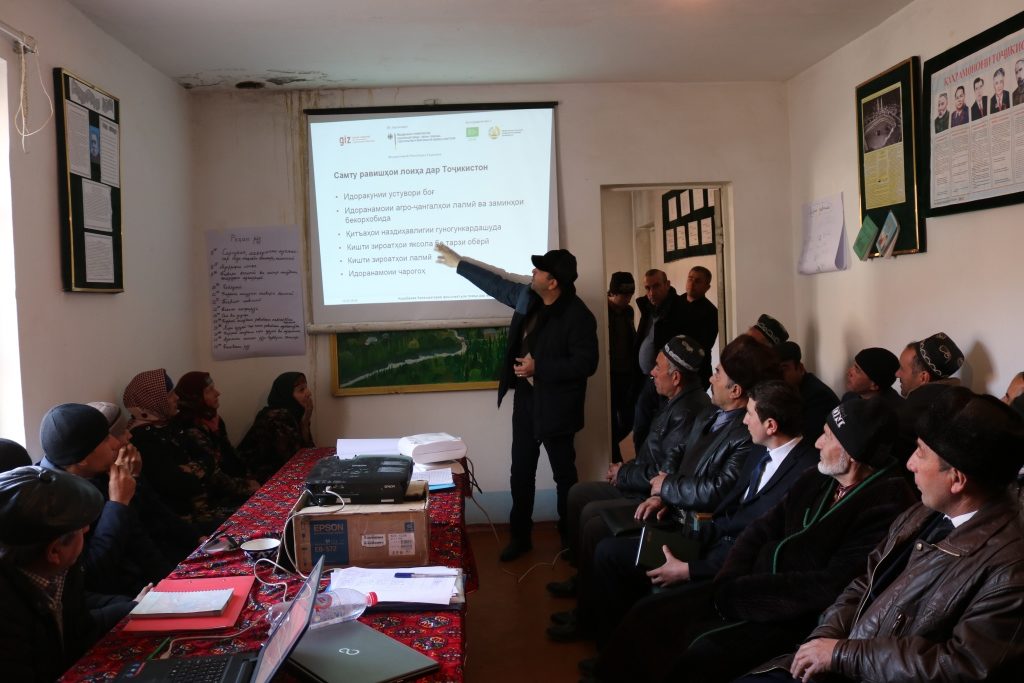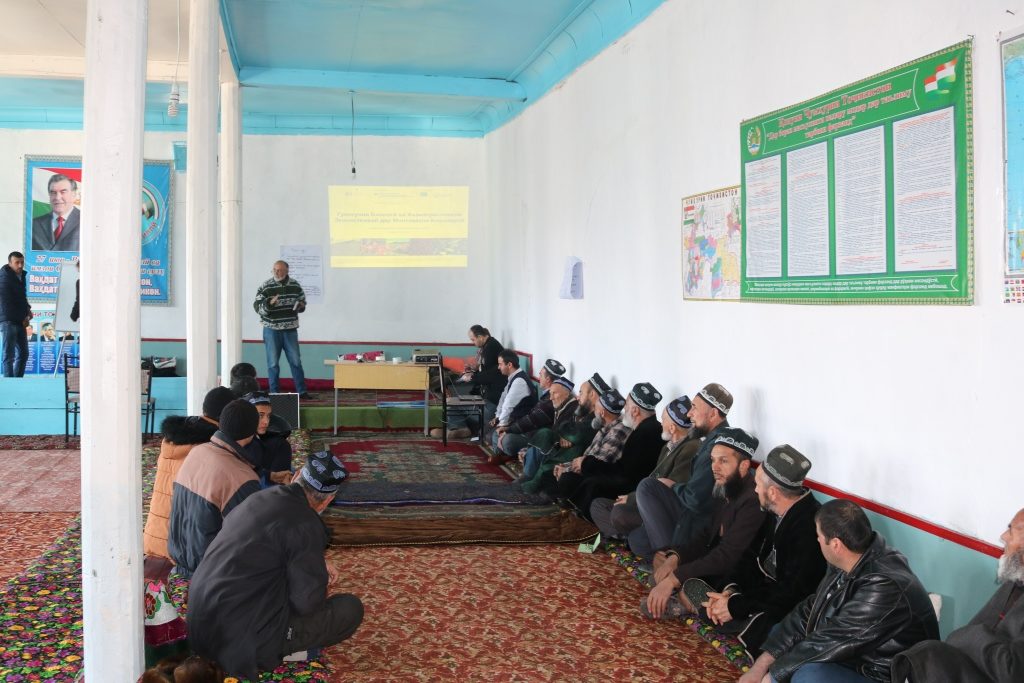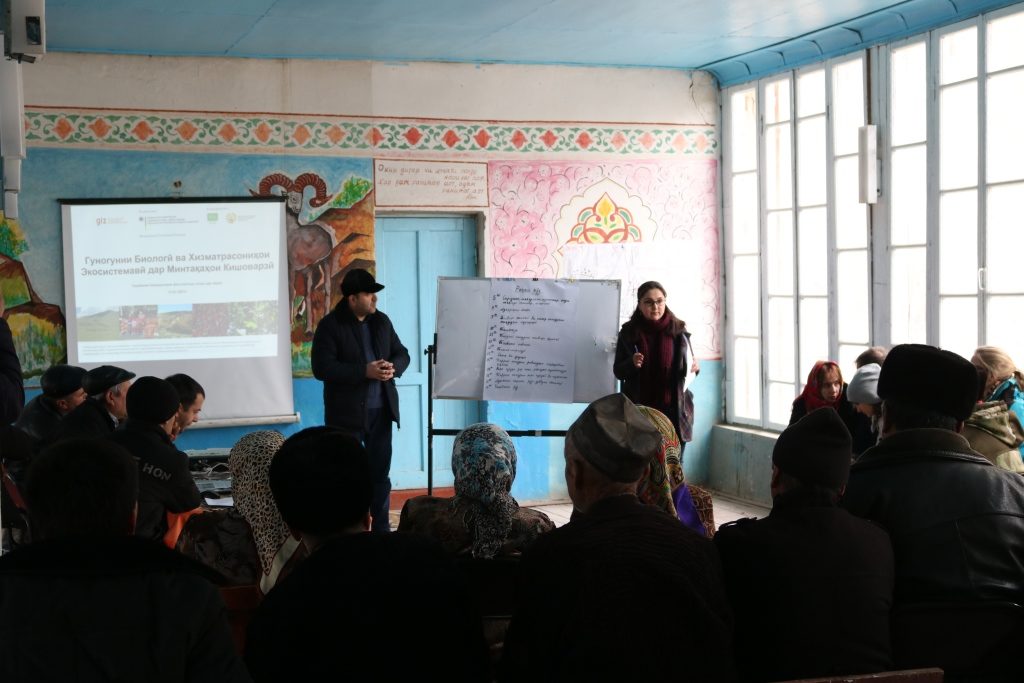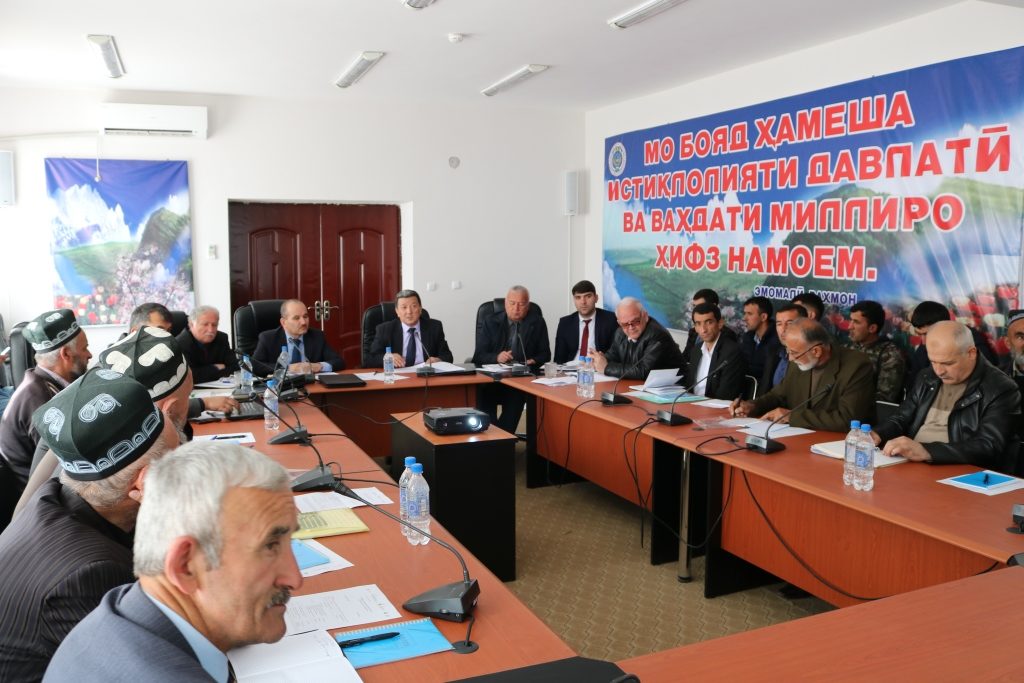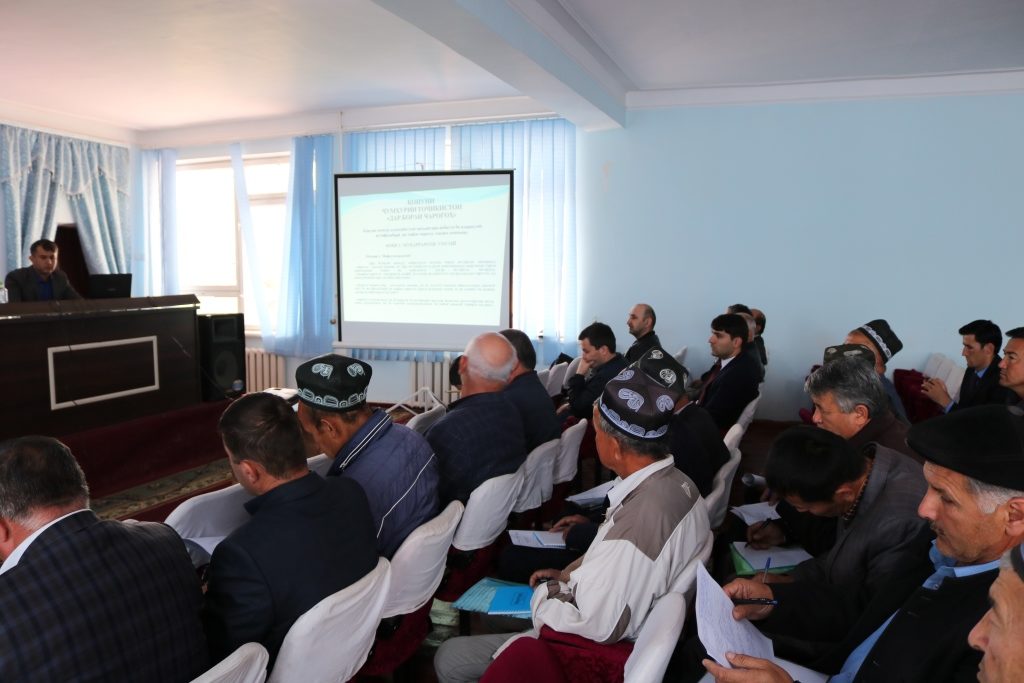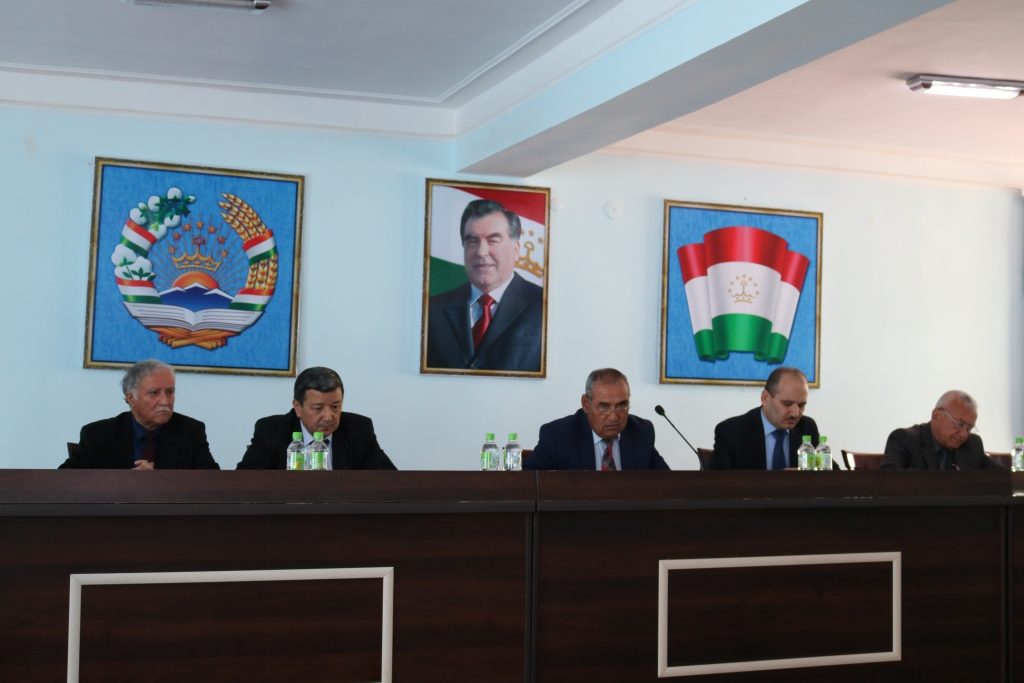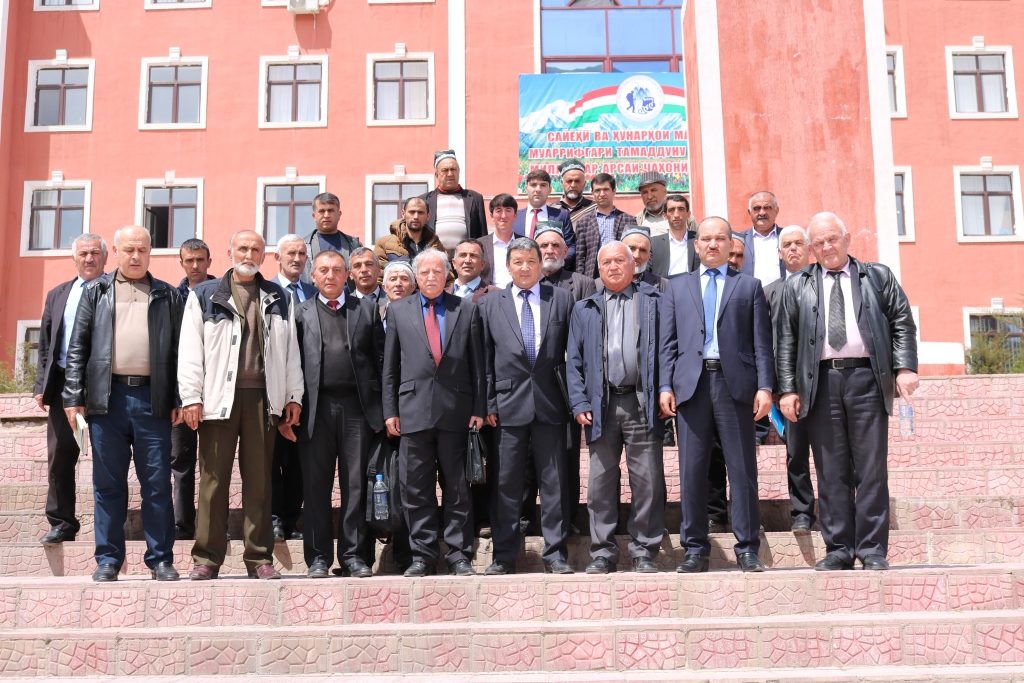Partners: Ministry of Agriculture of the Republic of Tajikistan
Project period: 2017-2020
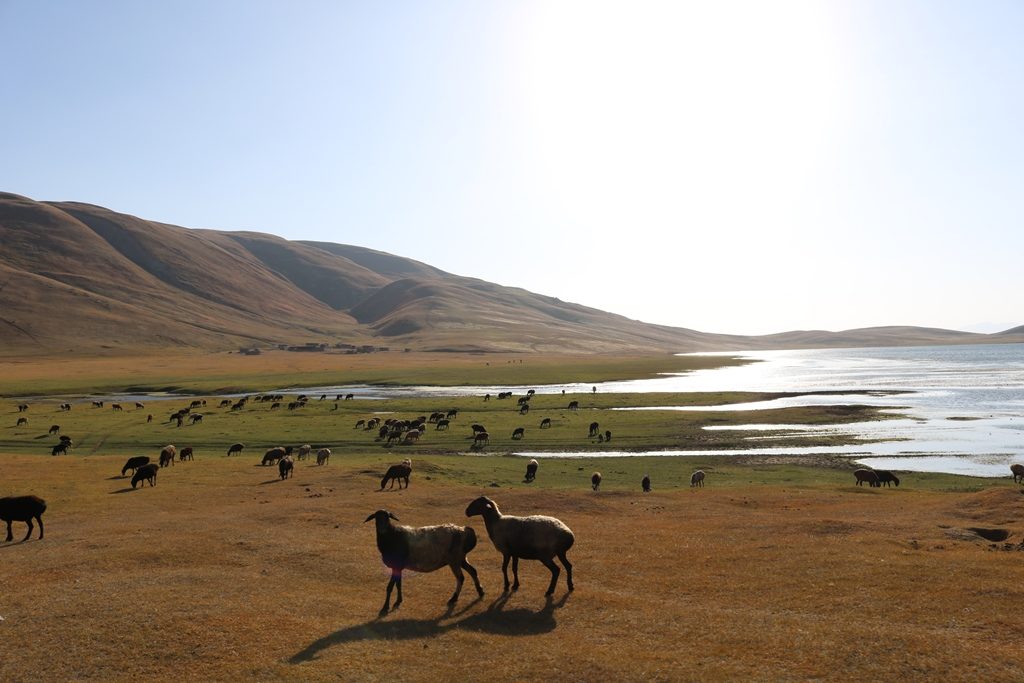
Context
All over the world, population growth, changing consumption patterns and the resulting growth in demand for food and renewable natural resources are leading to a continuous expansion and intensification of agriculture, with adverse impacts on biological diversity and ecosystem services. Agricultural production is becoming increasingly intensive, with high inputs of fertilizers and pesticides. This development of the agricultural sector has negative impacts on ecosystems and biodiversity. According to the 4th Global Biodiversity Outlook, agriculture is responsible for 70% of biodiversity loss, and 52% of agricultural areas are affected by degradation caused by inappropriate production methods.
Nature provides the genetic material for agricultural crops and host plants for insects and birds, which regulate pests and have other useful functions in agriculture (e.g. provision of shade, wind shielding, nitrogen fixation). Approximately 35% of global crop production and 87% of the most important crop species rely on pollination. The rich diversity of soil flora and fauna enables the build-up and breakdown of humus, which stores nutrients and water.
Objective
We are aimed at strengthening the capacities of land users and their organisations, technical experts and decision-makers in civil society and public institutions as well as to boost knowledge on increasing biodiversity and sustainable use of ecosystem services in agrarian landscapes.
Our measures
Our activities are implemented at the national, regional and local level in the agricultural, environmental, forestry and water sectors. We started out work with an assessment of proofing and mainstreaming methods and good practices in terms of their practicality. On this basis, we identify starting points for the promotion of biodiversity and ecosystem services in agrarian landscapes. We also support integration of biodiversity into regional and national strategies and planning.
Good biodiversity-enhancing land-use practices in agriculture will be implemented in the frame of pilot activities. Practical local experience is communicated via intersectoral political dialogue and learning platforms and thereby feeds into the development and overhaul of programmes, strategies and plans at federal and national levels.
We select and disseminate successful methods that promote biodiversity enhancing knowledge management and sharing. Technical, organisational and socio-cultural experience gained during implementation will be collected, analysed and disseminated at regional and national level. The experiences will be shared, findings documented with examples, and disseminated at international conferences and on an internet-based platform.
Expected results
These measures will make public and private sector decision-makers aware of the importance of biodiversity and ecosystem services as cornerstones for the economic development of the agricultural sector. The measures will also improve the sectoral plans and the capacities of the institutions operating in the area of land use at the regional and national level.
Successful experience will be publicly available: examples of good practice and instruments for integrating biodiversity and ecosystem services will be systematized and publicised in national and international networks and forums (go to PANORAMA web platform for more details).
Global Project “Biodiversity and Ecosystem Services in Agrarian Landscapes” is a part of the International Climate Initiative (IKI). The Federal Ministry for the Environment, Nature Conservation, Building and Nuclear Safety (BMU) supports this initiative on the basis of a decision adopted by the German Bundestag.
Documents for downloading:
- Integrating Ecosystem Services (IES) into Development Planning (training material for participants)
- Integrating Ecosystem Services (IES) into Development Planning (manual for trainers)
- Land use approaches on Tajik language
- Promoting Biodiversity Conservation and Ecosystem Services Enhancement in Agrarian Landscapes
